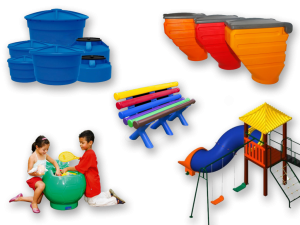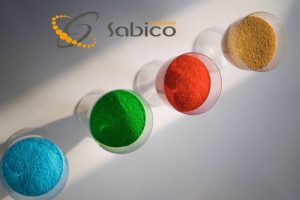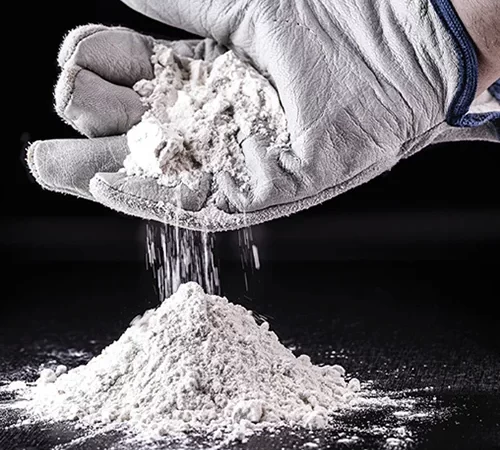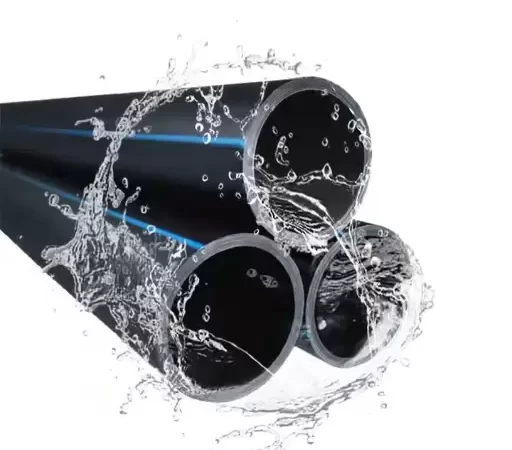
Application of rotomolding in Iran
Introduction:
The toy industry, especially the production of plastic toys, has undergone significant transformations in recent years. One of the most effective and efficient methods in this industry is the use of the rotomolding process, also known as rotational molding. This technique has gained attention from many manufacturers due to its numerous advantages. It is not only used for plastic toy production but also finds applications in various other industries, such as sports equipment, medical supplies, and liquid storage tanks. In this article, we will explore the complete rotomolding process, its benefits, the raw materials used, and its applications, highlighting its importance in the toy manufacturing sector.
Application of rotomolding in Iran
The Rotomolding Process: How It Works and Its Features
Rotomolding is a manufacturing process in which plastic granules or powdered raw materials are placed inside a mold, and through the application of heat and rotational movement, they are transformed into the desired shape. During this process, the plastic materials are subjected to high temperatures and atmospheric pressure (without mechanical pressure from the device) and, once evenly distributed inside the mold, they cool down to form the final product.
A key feature of the rotomolding process is that it does not involve applying excessive pressure from the machinery to shape the materials. This makes it a more cost-effective method compared to other techniques such as injection molding and blow molding, which require higher pressures and often result in significant material waste. In contrast, rotomolding minimizes waste and ensures that a higher percentage of the raw material is converted into the final product, leading to reduced production costs.
Application of rotomolding in Iran

Advantages of Rotomolding
Low Production Cost:
The rotomolding process is cost-effective because it involves less machinery and lower pressure compared to other methods. This makes it an attractive option for manufacturers seeking to reduce costs and improve efficiency.
Minimal Waste:
One of the biggest advantages of rotomolding is the significantly reduced material waste. In contrast, injection molding and blow molding processes typically result in a significant amount of scrap material. With rotomolding, more of the raw material is effectively used, resulting in a cleaner, more sustainable production process.
Design Flexibility:
Rotomolding allows for the creation of complex shapes and large products with ease. This is particularly useful in toy manufacturing, where intricate designs and customized shapes are often required.
Durability and Long-Lasting Products:
Products made using the rotomolding process are typically durable and resistant to various environmental factors, including exposure to sunlight, humidity, and temperature changes. This makes them ideal for outdoor toys and other items that need to withstand harsh conditions.
Raw Materials Used in Rotomolding
The materials used in the rotomolding process vary depending on the desired properties of the final product. The choice of raw material is crucial for achieving the specific characteristics required for the product. Below are some of the most commonly used materials in rotomolding for toy production:
Polyethylene (PE):
Polycarbonate (PC):
This material is resistant to UV rays and moisture, making it a great choice for outdoor toys that need to endure harsh weather conditions. Additionally, polycarbonate offers high transparency, which can be useful in the production of toys with light or visual effects.
Acrylonitrile Butadiene Styrene (ABS):
ABS is a material used in the production of toys like LEGO blocks and other durable, impact-resistant products. It is known for its toughness and resistance to physical damage.
Thermoplastic Elastomers (TPE):
TPE is a material with rubber-like properties that is used for producing toys and sports equipment. It is particularly resistant to abrasion and tearing, making it suitable for toys that need to be soft yet durable.
Application of rotomolding in Iran
Applications of Rotomolding in Toy and Product Production
The rotomolding process is not limited to toy production; it is also widely used in manufacturing various other plastic products. Some common applications include:
Sports Equipment:
Many types of sports equipment, such as plastic balls, boat fenders, helmets, and other accessories, are made using the rotomolding process.
Liquid Storage Tanks:
In regions facing water shortages, large liquid storage tanks are often produced using rotomolding. These tanks can hold large volumes of water and are particularly important in areas with water scarcity.
Medical and Industrial Products:
Rotomolding is used to produce various medical devices and industrial components that require complex shapes and durability. The process ensures that these products are both functional and reliable.

Conclusion
In conclusion, the rotomolding process has emerged as one of the most effective and cost-efficient methods for producing plastic toys and other products. Its low production costs, minimal waste, design flexibility, and durability make it an ideal choice for manufacturers in various industries, particularly the toy industry. With the growing demand for high-quality, durable, and cost-effective plastic products, the rotomolding process is likely to see increased use in the future, playing a crucial role in the evolution of modern manufacturing techniques.
Export of Raw Materials for Toy Production through Rotomolding at sabico
The production of toys using the rotomolding method has created a highly profitable economic opportunity that encourages many exporters to increase their exports. sabico Group is one of the leading companies in this field for exporting petrochemical products, including raw materials for toy production. You can also take part in the purchase, sale, and export of these materials to other countries through our group. For more information, please contact our experts.


